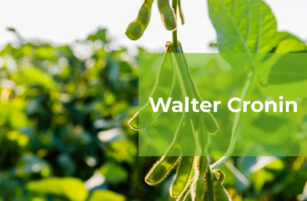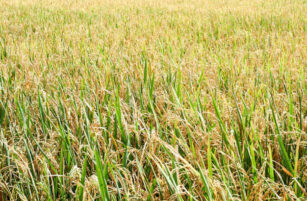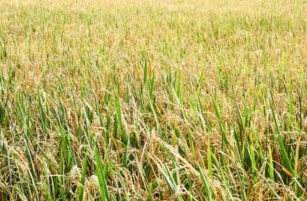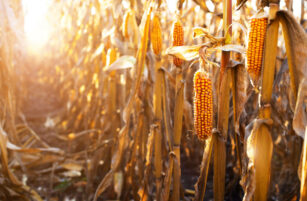Insight Focus
- Grains track oilseeds volatility after Indonesian palm oil export ban.
- Ukrainian corn plantings remain much lower than before invasion.
- Restricted fertiliser supply threatens to hit yields.
Nixal’s Forecast
Our price forecast for 2021/22 (Sep/Oct) Chicago corn remains unchanged in a range of 5.5 to 6 USD/bu with an upside bias. The average price since the start of the new crop is running at 6.2 USD/bu.
Chicago corn hit multi-year highs last week, closing above 8 USD/bu for three days in a row. Dry weather forecasts prompted these highs, as did lower weekly US sales (-34%) and exports (-23%).
The International Grains Council increased its global corn production estimate to 2.29b tonnes on the back of a larger Brazilian crop forecast. The Rosario Grain Exchange also increased its forecast for Argentina by 1.5m tonnes too 49.2m tonnes.
US corn planting is 4% complete, down 3 percentage points on the year and 2 points on the five-year average. Brazil’s safrinha corn planting has finished but dry conditions are starting to raise concerns. Ukrainian spring planting is 14.4% complete of the projected area which is 22% below last year’s. Corn planting is 5.9% complete, down 1.1% on the year.
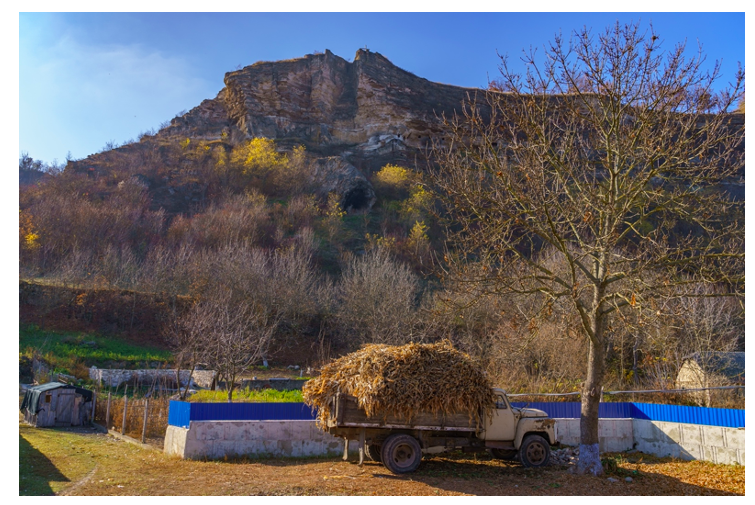
US winter wheat ranked just 32% good-to-excellent last week, down 21% on the year as dry weather has hindered development.
Indonesia banned exports of cooking oil and its raw materials last week, pushing vegoil prices higher.

The ban is indefinite and should relieve local supply shortages and reduce prices. However, it’s adding to the grains volatility already created by the questions marks surrounding Ukrainian plantings and logistics disruption.
US and Brazilian corn production is very much dependent on the weather during the coming months. Brazil’s safrinha crop looks good but will need rain through June to secure expected yields. Planting is delayed in the US, but this shouldn’t be a worry as we’re in the very early stages and farmers will catch up when conditions are favourable. The real worry is that yields could fall on reduced fertilizer application.
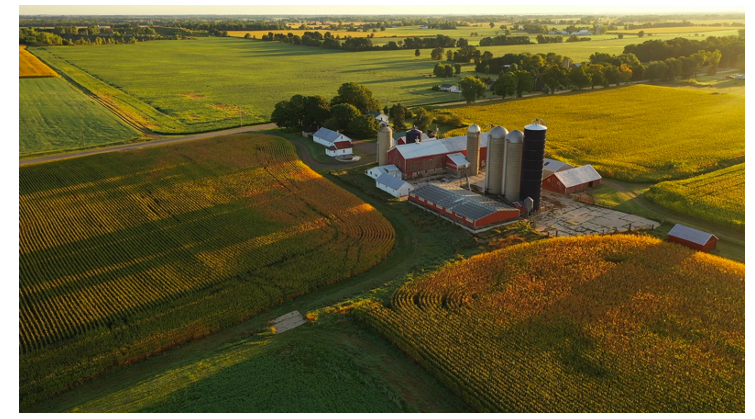
These uncertainties will add volatility and the risk premium we have in the market should continue until everything becomes more certain.
We expect further price consolidation at current levels, at least until the May WASDE is published. The WASDE could address Ukrainian production, global yields, and US acreage.
The only downside risk at present would be a quick end to the war allowing Ukrainian farmers to get closer to the area planted last year.
Other Insights That May Be of Interest…
Ukraine & Grains: Who is Most at Risk?
Russia & Ukraine Grains Likely to Be Disrupted into H2’22
Ukrainian Grains Production Faces Severe Delays
Explainers That May Be of Interest…


